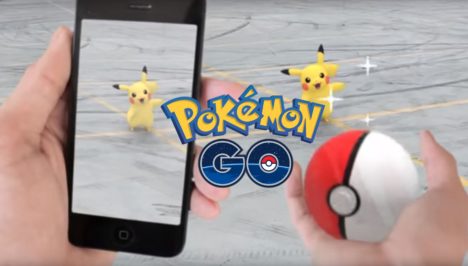How Pokémon Go revealed games to be the future for marketers
The success of Pokémon Go underscores what we already know: mobile games defy demographics and are consistent, strong performers at app stores, so why aren’t marketers diving in? Robby Yung discusses in this guest post.
A highly-engaged, almost daily global audience around nine times the size of the total viewership of this year’s AFL Grand Final. That’s the power and reach of Pokémon Go.
The mobile game had an audience of around 45 million daily active users in August – a month after its phased global launch. The record-setting, meteoric rise of Pokémon Go. Go has exemplified the power of mobile media to rapidly engage massive global audiences.
But, if marketers had been following the eyeballs, they would have been leveraging this channel long before Pokémon Go’s success.


